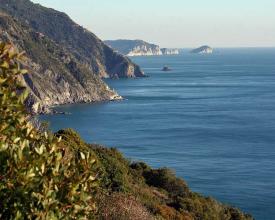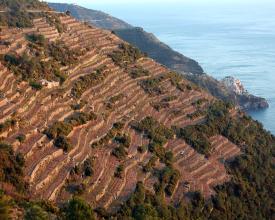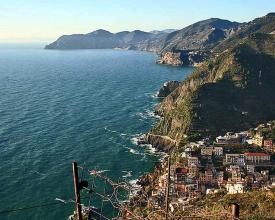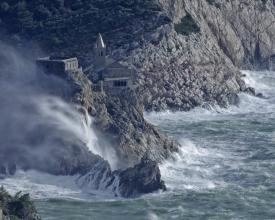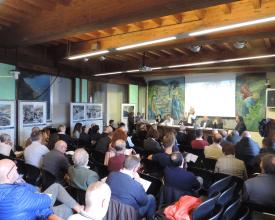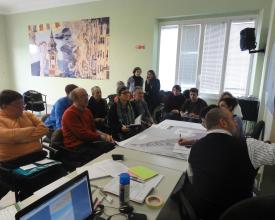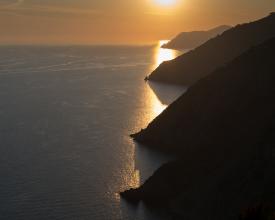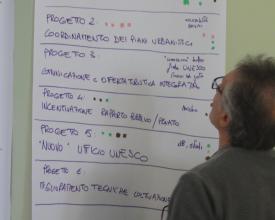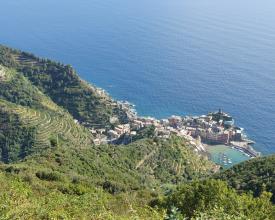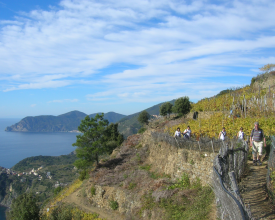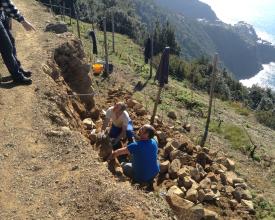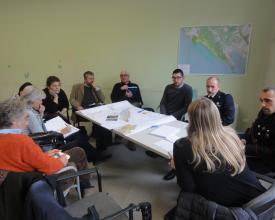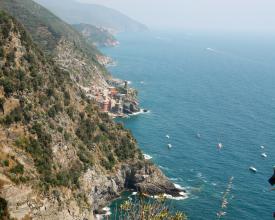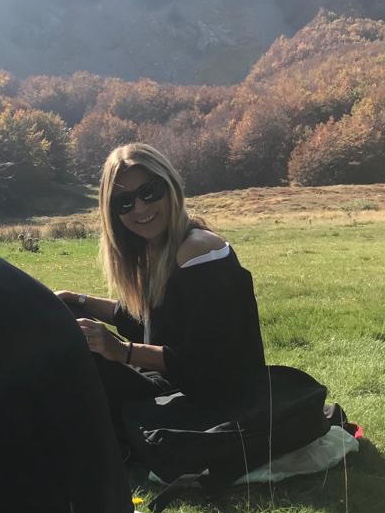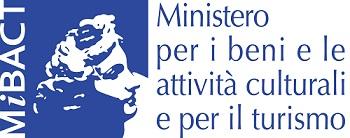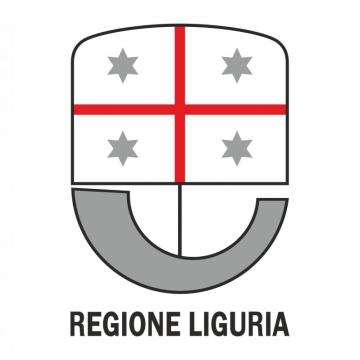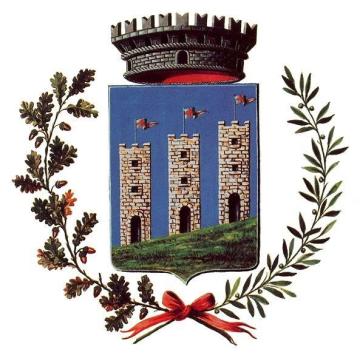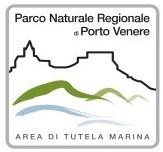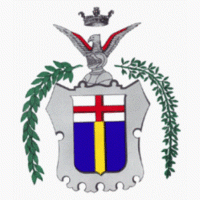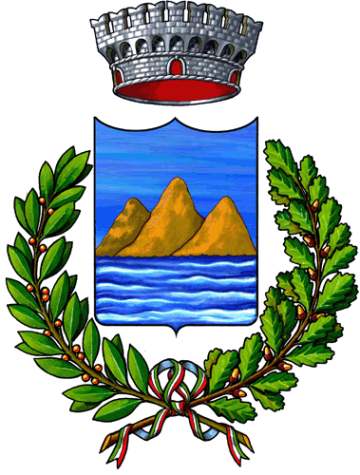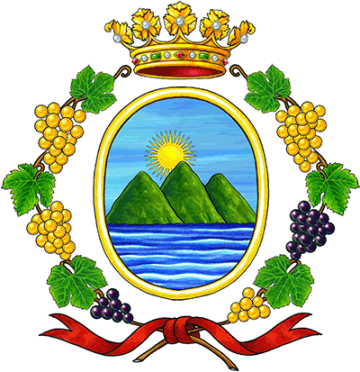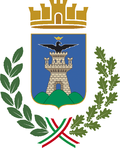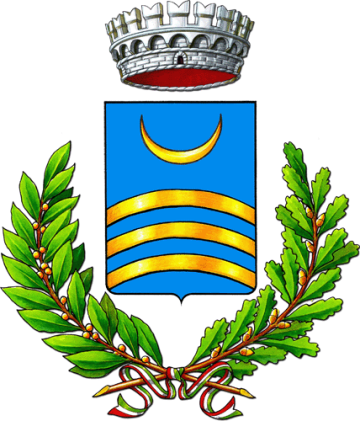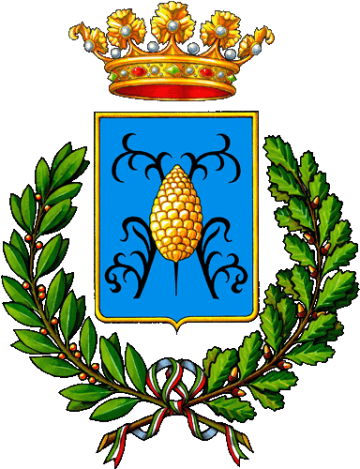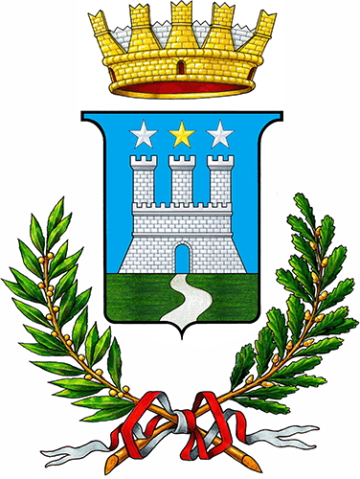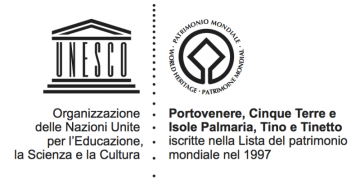
Un modèle de gouvernance institutionnelle : approche de gestion partagée et coordonnée du paysage culturel de Portovenere, des Cinque Terre et des îles (Palmaria, Tino et Tinetto)
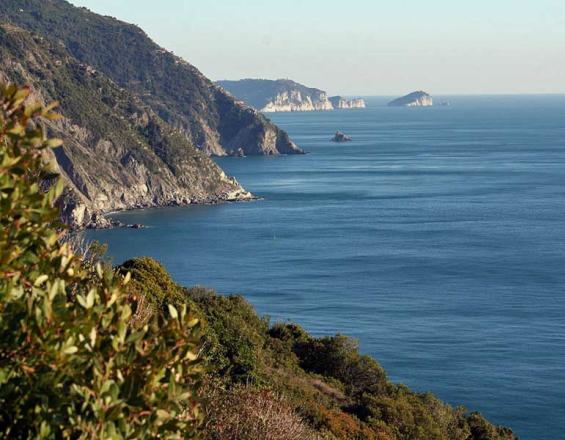
La solution se concentre sur la structure de gouvernance partagée récemment mise en place sur le site du patrimoine mondial de " Portovenere, Cinque Terre et les îles (Palmaria, Tino et Tinetto) " qui se concentre sur la mise en œuvre d'un système de gestion pour le site grâce à l'effort partagé et coordonné des parties prenantes institutionnelles aux niveaux local, régional et national.
La gouvernance est établie par un accord entre les organes institutionnels impliqués dans la gestion qui définit les termes de la coopération, y compris la création de comités et de groupes de travail pour la planification, la mise en œuvre et le suivi des activités de gestion, de conservation et de mise en valeur prévues par le plan de gestion.
L'accord comprend également un plan d'action commun avec des implications financières définies pour toutes les parties prenantes impliquées. Le fonctionnement des activités est garanti par le "Bureau de l'UNESCO" qui agit en tant que principal organe de coordination pour la gestion du site.
Contexte
Défis à relever
Depuis l'inscription, la coordination des acteurs de la gestion a été une réponse partielle aux difficultés rencontrées pour parvenir à une gouvernance partagée : cette structure n'était pas appropriée d'un point de vue institutionnel, elle n'était pas viable et il était difficile de travailler avec elle. C'est pourquoi, en 2016, une restructuration à long terme a été entreprise pour créer un modèle de gouvernance partagée.
- Défis de gestion: structure de gestion fragmentée et marginale ; absence de mécanismes de planification partagés et coordonnés ; manque de confiance réciproque entre les acteurs locaux ; absence d'un organe spécifique servant de point de référence pour la gestion et la communication avec tous les acteurs ; cadre complexe de lois et de dispositions thématiques pour la planification.
- Défis culturels et sociaux: structure de gouvernance institutionnelle dépendante des élections et des décisions politiques ; changement dans les communautés locales (gentrification).
- Défis économiques: manque d'engagements financiers annuels ; schéma financier non durable et abandonné ; capacité à saisir les opportunités de financement.
Emplacement
Traiter
Résumé du processus
La solution présente l'évolution de la gouvernance qui a eu lieu sur le bien du patrimoine mondial de " Portovenere, Cinque Terre, et les îles (Palmaria, Tino et Tinetto) " au cours des deux dernières décennies ; le site est en effet passé d'une stratégie de gestion marginale à l'établissement d'une structure de gouvernance partagée visant à la mise en œuvre d'une gestion efficace à tous les niveaux. Grâce à la signature de l'accord de programme (2016) et de son protocole de mise en œuvre (2018), la région de Ligurie, le ministère des Biens et Activités culturels et du Tourisme, le parc national des Cinque Terre, le parc naturel régional de Porto Venere et les municipalités concernées ont convenu d'une structure institutionnelle partagée (BB1). Cette structure est soutenue par la création du Bureau du site de l'UNESCO et du Secrétariat technique (BB2) financé par tous les organismes institutionnels (BB3), ainsi que par un ensemble d'organes consultatifs, techniques et décisionnels : le Comité de coordination, la Communauté des municipalités de la zone tampon, le groupe de travail technico-administratif et le Comité de consultation (BB4).
Blocs de construction
Structure de gouvernance partagée
La structure de gouvernance a été officiellement établie par la signature d'un accord de programme par tous les acteurs institutionnels qui opèrent à divers titres pour la gestion et la conservation du site et de sa zone tampon : la Région Ligurie, le Ministère italien des Biens et Activités Culturels et du Tourisme, le Parc National des Cinque Terre, la Municipalité de Porto Venere - Parc Naturel Régional de Porto Venere, et les Municipalités de Levanto (retiré en 2019 du bureau de l'UNESCO), Monterosso al Mare, Pignone, Riomaggiore, La Spezia, Vernazza, Beverino, Riccò del Golfo.
L'accord définit le rôle des parties prenantes et établit la structure suivante (BB4) :
- Comité de coordination veillant à la mise en place d'une gestion efficace
- Communauté des municipalités de la zone tampon coordonnant les objectifs, les problèmes et les activités relatifs à la zone tampon
- Groupe de travail technico-administratif chargé de la mise en œuvre du plan de gestion
- Secrétaire technique soutenant les comités et les groupes de travail
- Comité de consultation (rôle consultatif)
- Le bureau du site de l'UNESCO, qui agit en tant que gestionnaire du site et mène des activités conjointes de promotion du site et assure le bon fonctionnement du conseil technico-administratif.
Facteurs favorables
La mise en place d'une structure de gouvernance partagée a été un long parcours soutenu par le gouvernement régional et l'appui technique du bureau local du MiBACT. Cet objectif a pu être atteint grâce au soutien financier mis en place par la loi 77 du 20 février 2006 et à la signature d'un protocole partagé qui a permis de mettre en place des moyens de conversation inclusifs et complets entre les principales parties prenantes institutionnelles naturelles et culturelles aux niveaux national, régional et local.
Leçon apprise
La mise en place d'une structure de gouvernance partagée avec une stratégie de gestion coordonnée est le résultat d'une expérience complexe de 20 ans avec des développements et des engagements irréguliers. Une structure de gouvernance adéquate nécessite un dialogue approfondi, une compréhension et une confiance mutuelles afin d'obtenir un large accord de toutes les parties prenantes institutionnelles impliquées et l'engagement de porter ces accords au-delà du calendrier des administrations politiques signataires.
Comme les municipalités jouent un rôle important dans la gouvernance du site, l'un des principaux défis pour l'établissement d'une stratégie partagée a été le changement des dirigeants politiques lors des élections régionales et municipales et l'alternance annuelle du rôle de gestionnaire du site entre le président du parc national des Cinque Terre et le maire de la municipalité de Porto Venere. Cela permet d'assurer un équilibre sociopolitique dans la gouvernance du site, mais le changement annuel de la gestion du site est une limitation pour la mise en œuvre de stratégies et d'actions à long terme.
Création d'un bureau de l'UNESCO spécifique à un site, assisté d'un secrétaire technique
L'accord de programme définit et décrit les rôles et les responsabilités des acteurs institutionnels impliqués dans la gestion du site. Cet accord est complété par un protocole de mise en œuvre, signé le 3 août 2018, qui décrit les éléments clés de l'accord de programme pour la création d'un Bureau de site de l'UNESCO soutenu par un secrétaire technique (dirigé par la région Ligurie pour 2 ans) composé de personnel technique et administratif. Le plan de mise en œuvre identifie le Bureau du site de l'UNESCO comme le responsable technique et administratif du bien du patrimoine mondial de Porto Venere, des Cinque Terre et des îles. Le Bureau a pour rôle central d'assurer le soutien et la coordination opérationnelle du groupe de travail technico-administratif permanent, de soutenir la mise en œuvre des actions territoriales et le suivi du plan de gestion, et agit comme point focal avec le Centre du patrimoine mondial, le ministère italien et le bureau national de l'UNESCO. Le secrétaire coordonne toutes les activités des comités directeurs et des groupes de travail existants (BB4).
Le Bureau du site de l'UNESCO se consacre également à l'amélioration des services fournis aux utilisateurs du site, conformément aux lignes directrices de l'UNESCO, afin d'apporter une réponse efficace aux nouveaux besoins du territoire.
Facteurs favorables
La création, l'existence et le mandat du Bureau de site de l'UNESCO et du Secrétaire technique sont définis dans l'accord de programme conjoint signé le 1er août 2016 et le protocole de mise en œuvre signé le 3 août 2018. Afin d'être opérationnel, l'aspect du financement du bureau est directement abordé dans l'accord de programme et comprend une perspective de contributions par les parties prenantes signataires.
Leçon apprise
La création du Bureau du site de l'UNESCO et du Secrétariat technique a permis d'appliquer une approche plus efficace à la gestion de " Portovenere, Cinque Terre et les îles (Palmaria, Tino et Tinetto) " et de créer une structure permanente pour soutenir tous les organes directeurs établis (Building Block 4) : le Comité de coordination, la Communauté de la municipalité de la zone tampon, le groupe de travail technico-administratif et le Comité consultatif.
Le secrétaire technique soutient les activités du comité de coordination, du groupe de travail et du bureau du site de l'UNESCO, qui est responsable de la conformité technique et administrative avec les exigences du patrimoine mondial et de la mise en œuvre territoriale, tout en étant un lieu de dialogue direct avec et entre les acteurs institutionnels, les communautés locales et les visiteurs du site.
Système de financement annuel durable
Le protocole de mise en œuvre de l'accord de programme stipule que les coûts financiers annuels du bureau du site de l'UNESCO et du secrétaire technique doivent être supportés par toutes les parties prenantes institutionnelles signataires de l'accord dans des mesures proportionnelles à leurs capacités financières. Cela permet une stratégie financière durable basée sur des contributions partagées pour le fonctionnement et l'entretien de deux éléments clés de la structure de gouvernance et de gestion du site : le Bureau du site de l'UNESCO et le Secrétaire technique. Le budget annuel - prévu pour être d'environ € 66.000,00/an - est couvert par la contribution de onze institutions (Région Ligurie, Parc National des Cinque Terre, Parc Naturel Régional de Porto Venere, Municipalités de Porto Venere, Levanto (volontairement retiré en 2019), Monterosso al Mare, Pignone, Riomaggiore, La Spezia, Vernazza, Beverino, Riccò del Golfo). Le ministère du patrimoine et des activités culturelles et du tourisme ne contribue pas directement au budget annuel, mais il offre un soutien technique supplémentaire par l'intermédiaire de ses experts techniques et scientifiques.
Facteurs favorables
Le protocole de mise en œuvre (2018) de l'accord de programme (2016) constitue la base juridique et une orientation pour la définition des contributions annuelles par tous les acteurs institutionnels impliqués (région, parcs et municipalités).
Leçon apprise
Cette structure financière structurée et partagée a permis d'établir une stratégie financière plus durable. Avec des coûts minimaux, il est désormais possible de mettre en œuvre un grand nombre d'activités et d'achever les tâches et travaux nécessaires à la gestion et à la conservation efficaces du site, ainsi que de soutenir l'interaction avec les communautés, les visiteurs et les parties prenantes concernées opérant aux niveaux national et international. Malgré la décision de la municipalité de Levanto de se retirer en 2019 de la participation à la structure du bureau du site de l'UNESCO, les partenaires ont réagi positivement et ont décidé ensemble de réaffecter leur budget pour respecter les engagements provisoires. La conscience de faire partie d'un projet à long terme de conservation et de mise en valeur s'est accrue.
Comités permanents et groupes de travail
La structure de gestion et de gouvernance partagée du bien et de sa zone tampon (BB1) se reflète également dans la subdivision des rôles et des responsabilités ainsi que dans la constitution d'organes décisionnels, techniques et consultatifs spécialisés. Outre le Bureau du site de l'UNESCO et le Secrétaire technique (BB3), les autres acteurs clés de la gouvernance sont les suivants :
- Le Comité de coordination est l'organe de direction et de supervision chargé d'assurer la gestion efficace du site et le respect des engagements pris dans le cadre de l'accord, en dirigeant les activités de gestion et celles du groupe de travail.
- La Communauté des communes de la zone tampon a pour mission de coordonner les objectifs, les problèmes et les activités relatifs à la zone tampon, qui remplit une fonction de protection supplémentaire et indirecte des valeurs du site.
- Le groupe de travail technico-administratif est chargé de la mise en œuvre du plan de gestion et des activités conjointes dont les propositions doivent être approuvées par le comité de coordination.
- Le Comité consultatif travaille aux côtés du Comité de coordination avec des fonctions consultatives concernant les programmes de sensibilisation, les lignes directrices du plan général, les projets spécifiques, le suivi de la mise en œuvre de l'accord et le rapport périodique.
Facteurs favorables
La structure de gouvernance du site est définie dans l'accord de programme conjoint signé le 1er août 2016 et le protocole de mise en œuvre signé le 3 août 2018. L'accord établit la structure de gestion du site, divisée en organes susmentionnés, diversement composés des signataires de l'acte.
Leçon apprise
L'implication des niveaux politique et technique des municipalités incluses dans le bien et la zone tampon a une valeur ajoutée en augmentant la sensibilisation de tous les acteurs à l'inscription sur la Liste du patrimoine mondial. Le processus de familiarisation avec les stratégies globales entreprises par l'UNESCO et les organismes consultatifs se développe peu à peu. C'est quelque chose qui ne peut être considéré comme acquis, en particulier dans un cas aussi complexe que celui de la gouvernance.
Impacts
Le principal impact de la solution est la mise en place d'une stratégie coordonnée et partagée pour le bien et la zone tampon proposée, vitale pour le travail de tous les organes institutionnels, la gestion efficace et la conservation de ce paysage culturel.
Un impact positif à moyen terme est l'adoption d'une stratégie pour le tourisme durable et la gestion intégrée des risques.
- Social : cette structure de gouvernance permet de travailler plus efficacement avec les communautés locales, les parties prenantes et les activités commerciales qui sont directement ou indirectement liées au site. L'interaction entre la nature et l'homme est au cœur du paysage culturel de "Portovenere, Cinque Terre et les îles (Palmaria, Tino et Tinetto)" et la participation des communautés à l'élaboration d'une vision et d'une stratégie communes est une exigence des Orientations de la Convention du patrimoine mondial.
- Économique : la gouvernance a permis l'adoption d'un accord financier pluriannuel qui prévoit l'identification annuelle de ressources définies pour le travail du Bureau de l'UNESCO en qualité de gestionnaire du site du patrimoine mondial de "Portovenere, Cinque Terre et les îles (Palmaria, Tino et Tinetto)". La structure de gouvernance offre une solution durable pour la viabilité à long terme du bureau et de son travail sur le site, grâce à la participation des autorités locales.
Bénéficiaires
Les bénéficiaires de cette structure de gouvernance et de gestion partagée et coordonnée sont le site lui-même, les institutions impliquées dans la gestion et les communautés locales qui vivent et travaillent à l'intérieur et à proximité du site.

